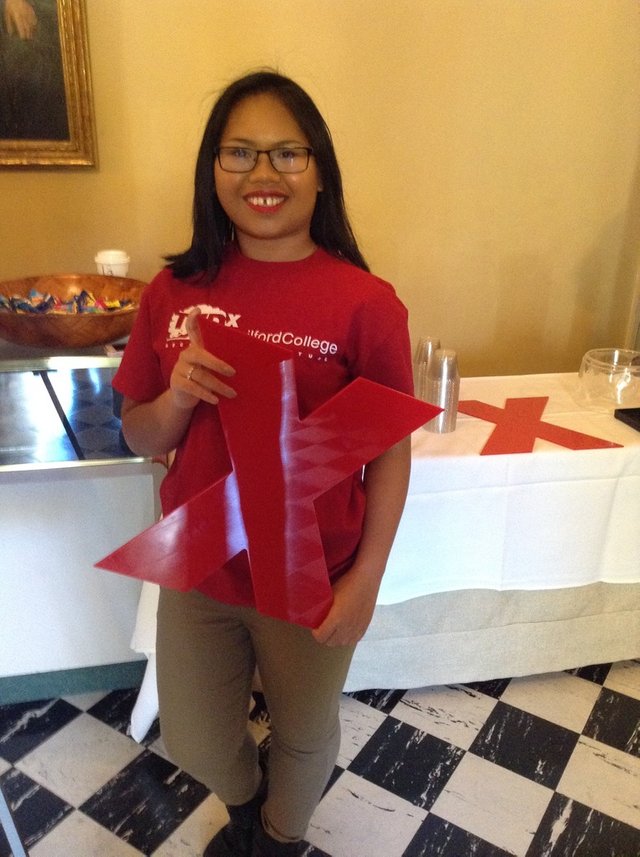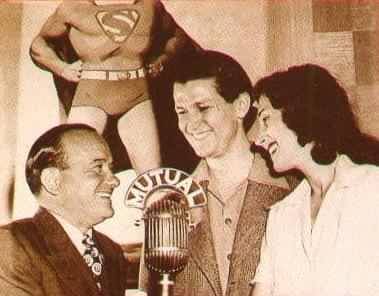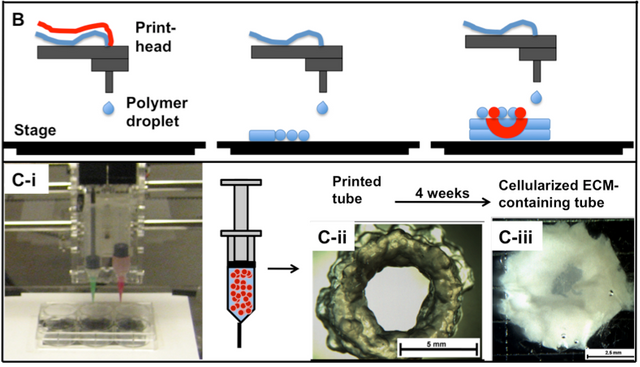TEDx Guilford College
TEDx events are local versions of the Technology Education Design conferences that the Silicon Valley elites made famous (and whose individual talks get millions of hits on YouTube and their own website). “Independently organized” means they have to raise their own funding; TED the organization contributes its name, some advertising space on its website, and some generic organizational advice. I've been to a couple at Wake Forest in Winston-Salem and maybe one here in downtown Greensboro. Last week was Guilford College's first student-led, faculty-advised attempt at the genre, on the theme of “Securing Our Future.”
Guilford student Sel Mpang, a proud member of the local Montagnard community.
Guilford, a Quaker college, rightly makes a big deal about its tradition of reaching out to minorities and immigrant communities, whether that was retired professor Max Carter's historical talk, which mentioned how Guilford enrolled students from the Japanese internment camps during World War 2, or the personal testimonials of current students.
- Yves Dusenge is a Rwandan native who was born in a million-person Congolese refugee camp after the famous 1994 genocide. After high school in Uganda, he got a chance to come to the U.S. and study computer science when he appeared in a soccer movie called Africa United that got some play at European film festivals.
- Kunga Denzongpa, a public health student from the tiny Himalayan kingdom of Sikkim, which was annexed by India in a less violent way than Tibet was taken by China, talked about trying to reconcile her Buddhist upbringing with her experience in capitalist America. I had heard the word Sikkim before, but I knew essentialy nothing about India's 22nd state, and since then I've been following Steemit postings by @norbu about the kingdom and the region.
These student talks were pleas for openness and cultural exchange, especially poignant given the news we're already getting about the way last week's election has the Klan preparing for a secret “victory march” at an undisclosed location somewhere in NC.
As a slight aside, my absolute favorite story about the Klan is how they were crushed in the late '40s by an FBI agent named Stetson Kennedy, who recruited the help of the immigrant last son of Krypton through the Adventures of Superman radio show. Revealing their secret Klodenames for everything, plus the prices they paid for their official Klan Klerchandise, made them laughingstocks even to their own children, and most of them gave up their violent cosplay and went back to work, leaving the most dedicated in the Kloset to hate in secret.
There were also multiple talks about social justice on other fronts.
Some of them were personal testimonials of trauma and abuse leading to efforts to give back; or lecture-sermons about privilege; or art exhibits that used hoodies as symbolic objects of myth, kind of like what happened in Netflix's Luke Cage, where people around NYC started wearing bullet-riddled hoodies on the street in silent support of Harlem's outlawed Power Man.
The talk that interested me most in this somewhat arbitrary category was the story of Marnie Thompson and the Fund 4 Democratic Communities, which just opened a co-op grocery store in a food desert in northeast Greensboro. We have the dubious distinction of being the most food-insecure area in the country by some federal measures. As my own personal style is to go out and dig holes for fruit trees over signing petitions and writing Congress, I appreciated her hands-on approach.
Marnie's story was broader than one grocery store, however, the tale of a family business that sold “cleaned” sand to golf courses growing into a supplier for the fracking industry and then getting bought out by a hedge fund. She was not a typical part of the 1%. She decided to put her entire fortune ($13 million) into what's called a “sunset foundation,” one that would spend its endowment down instead of investing and it and using the interest to do limited good over an extended period of time. Her fund's focus is on starting cooperatively owned businesses, so that the economy can be democratized to the same extent that the government is, though in a different way.
Ted Clevenger (with a 'C'), the owner of a brewery supply store in Asheville, continued on that theme of local economic control by detailing the history of the microbrew movement. This started from essentially nothing in the 1980s to become today's $253B industry (as of 2010), which has created 500,000 jobs that would be difficult to move overseas. At least until those proud microbrewers die off, and there's a wave of buyouts and bankruptcies like the one that created giants like Annheiser-Busch in the first place. According to small-ed Ted, the modern craving for diversity would not allow that kind of consolidation, and I hope he's right, but there are a lot of contract brewers out there who are happy to work on stuff not their own. Craft beer is fashionable right now, but the one thing that is sure about fashion is that it changes.
The brewing industry was only the example, however, and so my quibbles about that argument are a little beside the point. The real message of Clevenger's talk was that while votes matter during an election, choices about where to spend your personal money matter every single day. Local businesses keep 3x more money circulating through our communities than multinational corporations do. And those Wal-Mart prices we think are so low don't support a living wage for its workers, who then have to be supported by our tax dollars, through food stamps and other programs, to the tune of $153B per year.
Of course, as a science geek, my favorites were the science talks.
A trio from down east talked up the state's growing aquaculture industry, focusing on oyster farming. This is not some guy with a bucket and a rock hammer walking the beach. This is high-tech stuff involving oysters with three copies of all their chromosomes, so they grow faster (supposedly by putting less energy into reproduction?). Oysters are filter feeders, which clean the water that they live in of algae and other pollutants, a hugely important function in a state of thousands of hog farms, whose nitrogen-laced shit is wreaking algal havoc on our waterways. Unfortunately, oysters only live in salt water, so we need another solution for the inland rivers we drink from.
Aleksander Skardal, a professor from Wake Forest, described the problems of testing drugs on model systems, which is safer than using human volunteers. Still, occasionally something toxic slips through the process and hurts or kills patients before being recalled. Currently we use animals, which don't share all of our human genes, and therefore react differently to drugs. More recently, we also use human cells grown two-dimensionally in petri dishes, which do have human genes but turn on a different subset of genes than those grown in three dimensions. Skardal's innovation has been to 3D-print small “organoids” that act more like organs in a body.
Printing "organoids" from cells and polymers to hold them together. From the Institute for Regenerative Medicine's website.
Then he Frankensteins them together using microfluidic channels carved into the surface of glass microscope slides into “body on a chip” systems that can reveal important interactions between drug-challenged organs. For instance, a drug that is not directly toxic to heart cells when tested alone might become heart-toxic after being acted on by the liver, or might cause the liver to release its own inflammatory chemicals, which could then damage the heart (or the brain). We are definitely inviting that guy to Greensboro Science Cafe next year to talk more about his lab's work.
Probably the biggest name, and the most polished and recognizably TEDdy of the talks was by a NY architect named Prakash Nair, who was in the process of knocking down walls in school buildings in like twenty countries to create “learning spaces.” My high school was built during the 1970s, the last time that idea came around. I'm not arguing that it can't work, but my school, as far as I know, never once actually moved its movable walls. We just had smaller and uglier classrooms with no windows. My teachers probably didn't have the kind of curricular support his firm offers, though, so maybe it is all as he said.
Officially Licensed Bootleg TED videos
At the intermissions, they also showed some previous TED videos, including one called “How to Start a Movement,” which was relevant to our Klan discussion above. It used a game-day dance to point out that “the first follower is what transforms a lone nut into a leader,” that following and supporting is in itself a form of leadership. Following legitimizes an idea, makes it acceptable to larger groups of people in a feedback loop. This same process works for rainbow flags and swastikas alike.
That video, and hopefully all of Sunday's TEDx Guilford talks, will be archived at the website along with all the speaker profiles if you want to see them in full.



Great read and great summary of the event; sounds like there were lots of interesting talks. There does seem to be lots of overlap between Real Democracy: Every Dollar is a Vote and Ted Clevenger's talk, I'll definitely look it up on the TED website